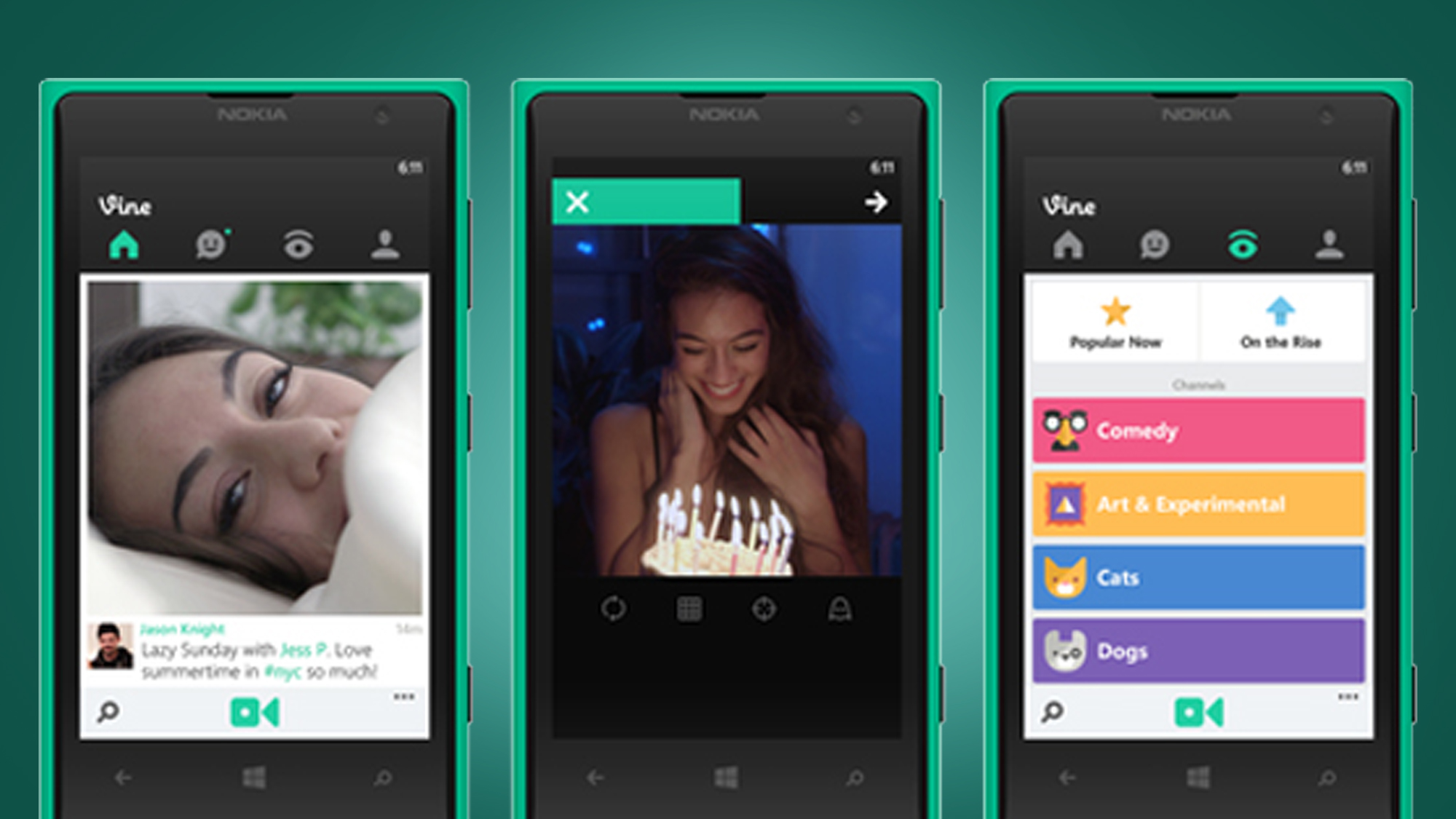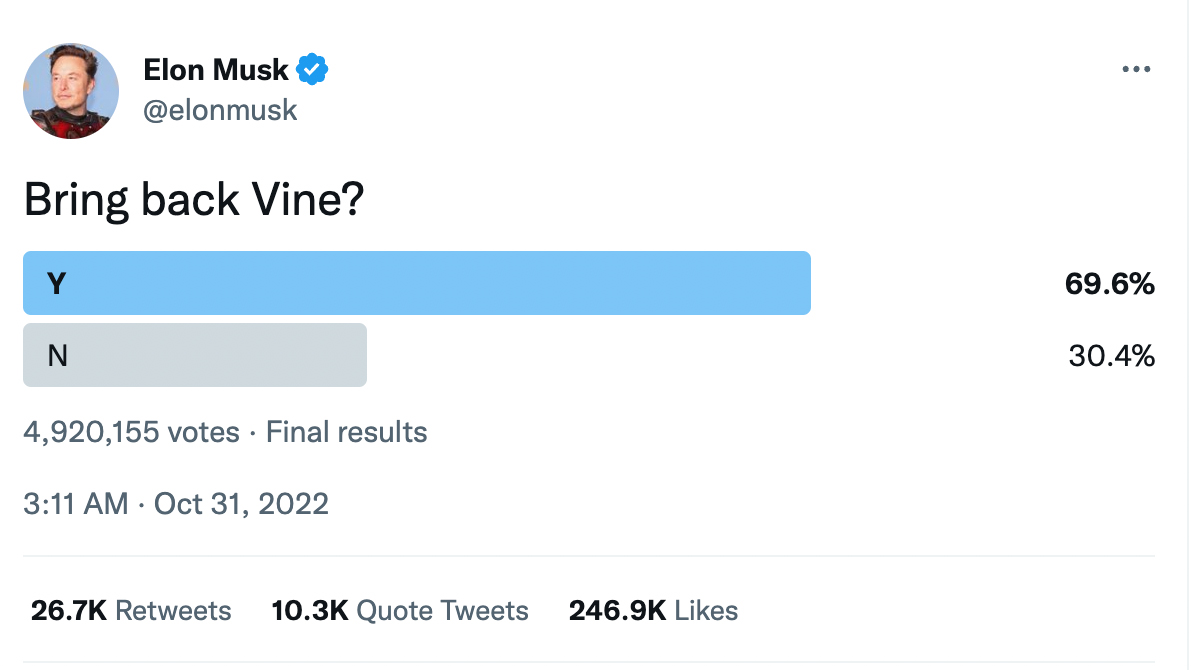If you remember a time when Instagram was a handful of retro filters and Pinterest was the next big social network, you may remember Vine – the short-form video app that arrived ten years ago today.
Vine was the original TikTok, launching three years before the app that now has over a billion monthly users. Vine was even acquired by Twitter before it launched on this day in 2013 as a “new way to share video” on the social network. So what went wrong? And why might Twitter, at least according to Elon Musk, be considering bringing back the six-second video network?
Vine arrived in a more innocent time for social media when ‘monetization’ was an afterthought and the Samsung Galaxy S3 ruled the smartphone roost with its (gasp) 720p screen. Social video was a new thing and Vine was well ahead of its time. It laid the groundwork for TikTok and Instagram Reels but fizzled out just three years later in 2016 – a fittingly short life for a network built on six-second looping videos.
The likes of TikTok have taken its baton, but those who remember Vine will remember the way it captured the weird, meme-heavy humor of the early 2010s internet – and even hinted at new forms of video art, before the sponsorships and inevitable competition came crashing in to send Vine into the history books.
A fruitful combo
Vine’s big appeal was that it let you easily shoot and share looping six-second videos. This simple idea, which gave its videos a gif-like feel, sounds ludicrously basic now, but it was unique in 2013 – and made it the ideal match for Twitter, which bought it in 2012.
Vine’s excellent interface also added to its appeal. To record a Vine, you’d just hold your finger somewhere on the screen – and you could also stop and start to chop your clip into a short highlights video, with a progress bar showing you how much time you had left.
The restrictions of the format – initially a maximum of six seconds, with automatic looping – helped Vine take off with creators and differentiated it from Instagram, whose 15-second-long clips didn’t loop.

Initially, it was a playground for creativity, with infinitely looping gifs and cinemagraphs – or still photos with minor repeated movements – becoming a popular new format that inevitably then became a staple of marketing campaigns in the mid-2010s.
But as Vine grew to a peak of 200 million users by 2015, it also popularized some of the short-form video uses that are more familiar today. Short-form comedy skits, staged street stunts, and quotable memes all made Vine the original TikTok – and helped it birth some of today’s biggest social media stars like Logan Paul and Shawn Mendes. Unfortunately, Vine also didn’t really have a plan to help keep those stars from jumping to rival networks…
What went wrong?
Vine’s fittingly quick demise in just three years was down to a massive spike in competition from rivals – including Instagram, YouTube, Snapchat, and ultimately TikTok – along with its inability to offer creators a financial incentive to stay on the platform. The founders made successors like Huddle and Byte, but they struggled to stand out in an increasingly flooded space.
Vine co-founder Rus Yusupov (who also founded HQ Trivia, a mobile game that spiked in 2017) stated on Twitter that the app “didn’t help creators monetize” and also “didn’t see the lip-sync video trend as a real use case to build on”. By buying Musical.ly (an app for lip-syncing videos) and ultimately turning it into TikTok, the latter gave itself some musical rocket fuel that made it the fastest-growing app in history.

While it seems like TikTok has now sailed off into the distance, Twitter could be looking to bring Vine back – although this could also be another one of Elon Musk’s harebrained, and ultimately fruitless, schemes. In October 2022, Musk posted a poll asking if Twitter should bring back Vine, with users voting 69.6% in favor.
But ten years on, the world of social media is very different. With the likes of YouTube Shorts, Instagram Reels, and Snapchat already buzzing with short-from videos, how could Vine possibly stand out enough to be relevant? Particularly as Vine’s ‘I smell like beef’ girl (one of its most enduring memes) is now a TikTok star?
It seems more likely that Vine will remain a moment in time, a snapshot of an innocent internet generation that’s now grown up and moved to TikTok for its hits of short-form video. But its dog-dancing memes will live on.
